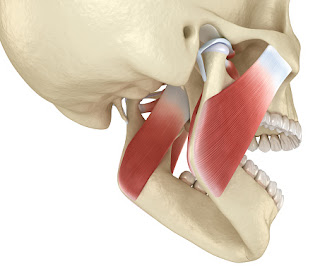Fibromyalgia Possible Triggers
Fibromyalgia (FM) is a long term condition that causes widespread pain throughout the body. Doctors used to use tender points to help them form a diagnosis. These are areas on the body that feel tender after pressure. However, recent guidelines have phased these out and introduced new diagnostic criteria. In this article, we explain what is the fibromyalgia trigger points are and the current diagnostic criteria that have replaced them.
Possible triggers
Fibromyalgia is often triggered by a stressful event, including physical stress or emotional (psychological) stress.
Possible triggers for the condition include:
an injury
a viral infection
giving birth
having an operation
the breakdown of a relationship
being in an abusive relationship
the death of a loved one
But in some cases fibromyalgia does not develop after any obvious trigger.
Doctors used to use the phrase tender points trigger points to describe sensitive areas on the body that become painful with a standard amount of pressure to the area.
In the past, they would diagnose the condition according to a set of criteria that identified 18 tender points on the body. To qualify for a diagnosis of FM, a person had to experience tenderness in 11 of these tender points.
The previous tender points of FM included the following areas on both sides of the body:
the upper chest
the back of the head
the outer elbows
the knees
the hips
the tops of the shoulders
However, there were multiple issues with these criteria. For example, using tender points was actually contributing to the overdiagnosis of FM.
Also, people with FM may not experience constant pain. The pain may be intermittent, and it can even move to different areas of the body. It's not clear why some people develop fibromyalgia. The exact cause is unknown, but it's likely that a number of factors are involved.
Associated conditions
There are several other conditions often associated with fibromyalgia.
Generally, these are rheumatic conditions (affecting the joints, muscles and bones), such as:
osteoarthritis – when damage to the joints causes pain and stiffness
lupus – when the immune system mistakenly attacks healthy cells and tissues in various parts of the body
rheumatoid arthritis – when the immune system mistakenly attacks healthy cells in the joints, causing pain and swelling
ankylosing spondylitis – pain and swelling in parts of the spine
temporomandibular disorder (TMD) – a condition that can cause pain in the jaw, cheeks, ears and temples
Conditions like these are usually tested for when diagnosing fibromyalgia.



Comments
Post a Comment